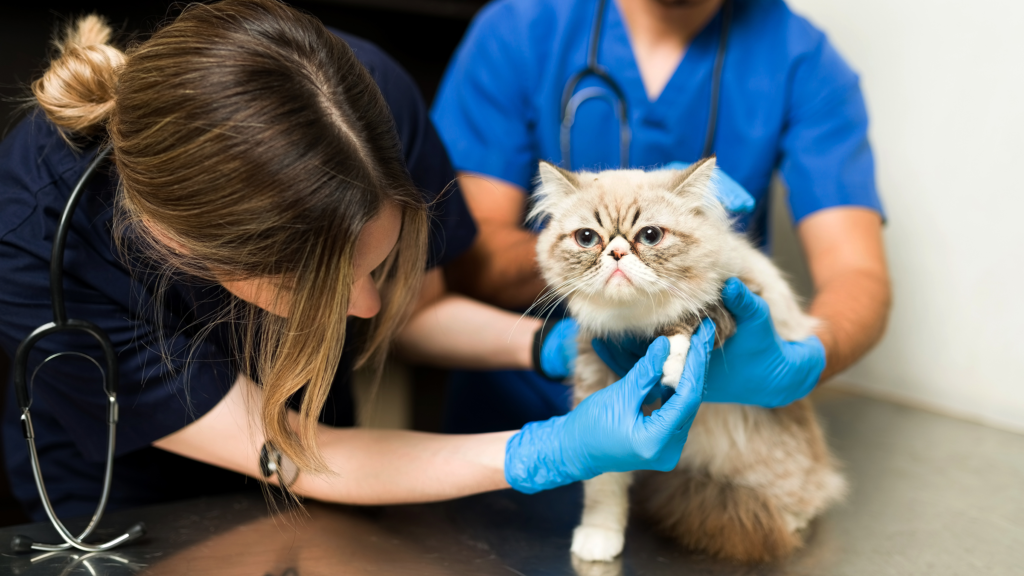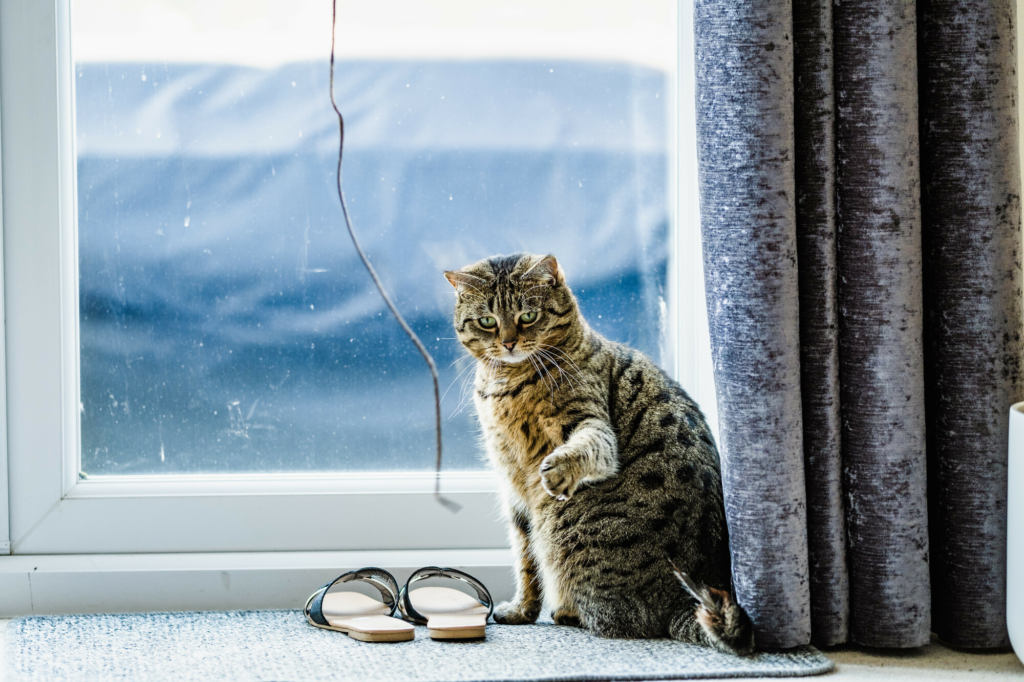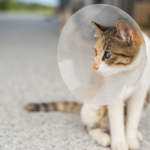Cats are known for their stoic nature and ability to hide discomfort, making it challenging for pet owners to recognize when their feline companions are in pain. Understanding the subtle signs of pain in cats and knowing how to manage their discomfort is essential for maintaining their health and well-being. This guide will help you identify signs of pain in your cat and provide strategies for effective management.

1. Recognizing Signs of Pain
1. Changes in Behavior:
- Withdrawal: A cat in pain may become reclusive and avoid social interaction. They might hide more often or seek out quiet, secluded spots.
- Aggression or Irritability: Pain can lead to increased aggression or irritability. Your cat may lash out if touched in a sensitive area or become easily agitated.
2. Altered Eating and Drinking Habits:
- Loss of Appetite: Pain can cause a decrease in appetite or refusal to eat. Cats with dental issues, gastrointestinal discomfort, or general malaise might show less interest in food.
- Decreased Water Intake: Some cats may drink less water if they are experiencing discomfort, particularly if the pain is related to their mouth or throat.
3. Changes in Grooming:
- Neglected Grooming: A cat in pain might neglect its grooming routine. You may notice a dull or unkempt coat, as well as mats or tangles in the fur.
- Over-Grooming: Conversely, some cats may over-groom specific areas, leading to bald patches or skin irritation.
4. Physical Symptoms:
- Vocalization: Increased vocalization, such as meowing or yowling, can be a sign of discomfort. Cats may vocalize more when they are in pain or distressed.
- Changes in Posture: A cat in pain may exhibit unusual postures, such as arching its back, tucking its tail, or avoiding movement. They may also exhibit signs of stiffness or lameness.
5. Behavioral Changes:
- Lethargy: Pain often leads to reduced activity levels. Your cat may sleep more than usual and show little interest in play or exercise.
- Difficulty Using the Litter Box: If a cat is experiencing abdominal pain or discomfort, they may have difficulty using the litter box or show signs of straining.
2. Managing and Treating Pain
1. Veterinary Consultation:
- Seek Professional Help: If you suspect your cat is in pain, it is crucial to consult a veterinarian. They can perform a thorough examination, diagnose the underlying cause, and recommend appropriate treatment.
- Diagnostic Tests: Your vet may recommend diagnostic tests such as blood work, X-rays, or ultrasound to identify the cause of your cat’s pain and tailor a treatment plan.
2. Pain Relief Options:

- Medications: Your vet may prescribe pain relief medications specifically formulated for cats. Never administer human pain medications, as they can be toxic to felines. Common medications include non-steroidal anti-inflammatory drugs (NSAIDs) and opioids.
- Supplements: In some cases, dietary supplements such as glucosamine and chondroitin may be recommended to support joint health and reduce pain.
3. Environmental Modifications:
- Comfortable Resting Areas: Provide soft, comfortable resting areas for your cat to help them feel more at ease. Orthopedic beds and heated blankets can be particularly soothing.
- Easy Access: Ensure that your cat has easy access to food, water, and the litter box. If mobility is an issue, consider placing these essentials close to their resting areas.
4. Monitoring and Follow-Up:
- Regular Monitoring: Keep a close eye on your cat’s behavior and symptoms. Track any changes and report them to your vet to ensure the treatment plan is effective.
- Follow-Up Visits: Schedule follow-up appointments with your vet to monitor your cat’s progress and adjust the treatment plan as needed.
5. Supportive Care:
- Hydration and Nutrition: Ensure your cat remains well-hydrated and receives a balanced diet. In cases of decreased appetite, consider offering high-quality, palatable foods or prescription diets recommended by your vet.
- Stress Reduction: Minimize stress and provide a calm, safe environment for your cat. Reducing environmental stressors can help improve their overall comfort and recovery.
5. Conclusion
Detecting and managing pain in cats requires keen observation and a proactive approach. By recognizing the subtle signs of discomfort, seeking veterinary advice, and providing appropriate treatment and supportive care, you can help ensure your feline companion remains comfortable and enjoys a good quality of life. Your attentiveness and care are vital in addressing pain and improving your cat’s well-being. If you have concerns about your cat’s health, don’t hesitate to consult your veterinarian for guidance and support.


